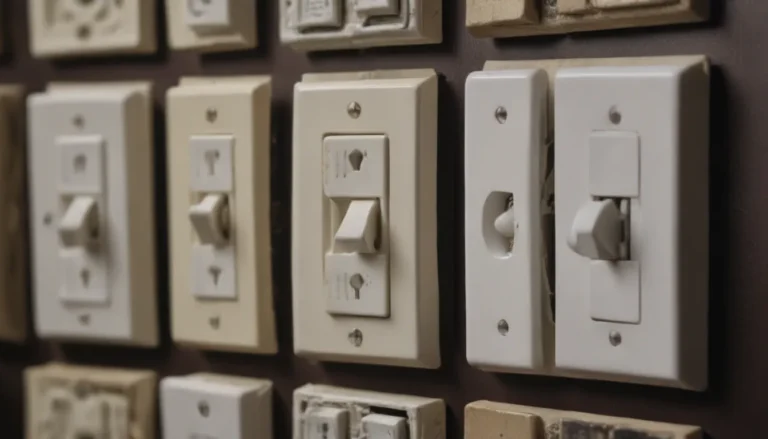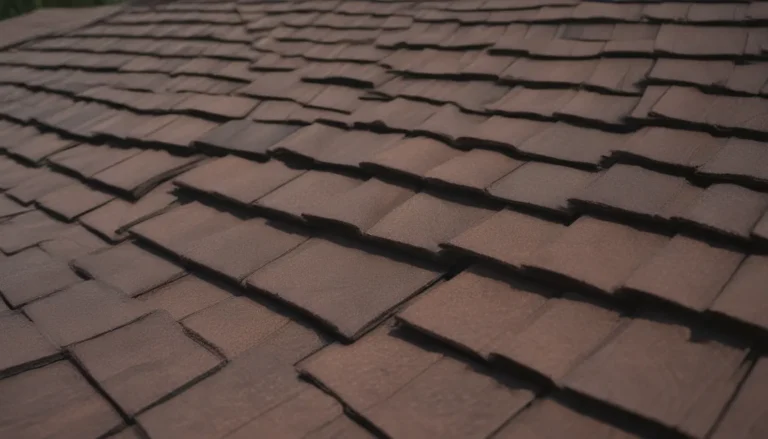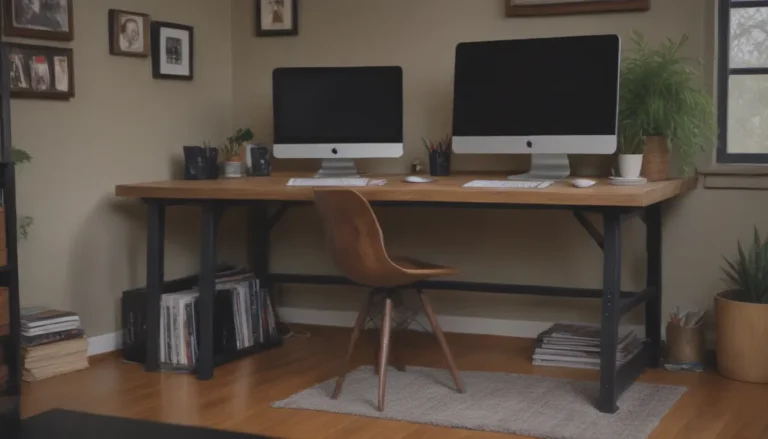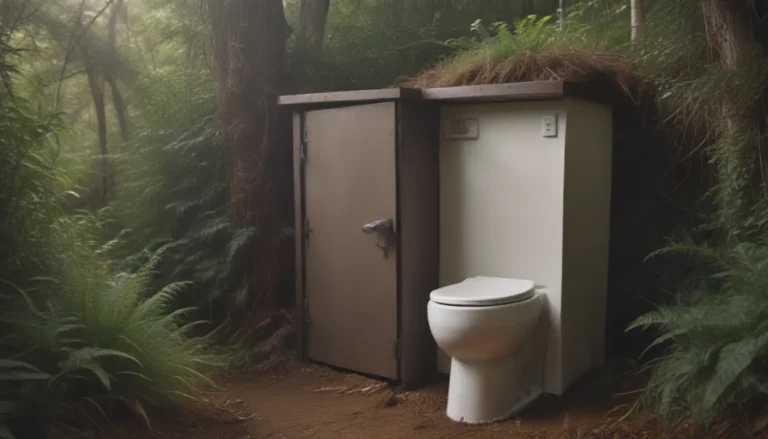The Ultimate Guide to Mixing Mortar: Tips, Tricks, and Important Information

Mixing mortar is a crucial skill for anyone involved in masonry work. Whether you’re a seasoned professional or a DIY enthusiast, knowing how to properly mix mortar is essential for the success of your projects. In this comprehensive guide, we will walk you through the mortar mixing process, share valuable tips and tricks, address common issues, and provide you with essential information to ensure your mortar mixes are top-notch.
What is Mortar Mix?
Mortar mix is a blend of Portland cement, lime, sand, and water. It serves as the bonding agent between a variety of masonry materials such as bricks, concrete blocks, and stones. Different types of mortar mixes, including Types N, M, S, and O, offer varying performance characteristics tailored to specific building applications.
Why is Proper Mixing Important?
Properly mixing mortar is essential for the strength and durability of your construction projects. A well-mixed mortar ensures a secure bond between masonry materials, enhances the overall structural integrity, and contributes to the longevity of the structure.
Mortar Mixing Procedure
While mortar is typically mixed on-site using a mechanical mixer, you can also mix smaller batches by hand. All you need is a hoe, a mixing tub or wheelbarrow, and some basic knowledge of the mixing process. Here’s a quick overview of the mortar mixing procedure:
- Gather all the necessary materials: Portland cement, lime, sand, and water.
- Measure and combine the ingredients in the correct ratios based on the type of mortar mix you are using.
- Mix the components thoroughly using a mechanical mixer or by hand until you achieve a uniform consistency.
- Allow the mortar to rest for a few minutes before using it to ensure optimal workability.
Mortar Mixing Tips
To help you achieve the best results when mixing mortar, consider the following tips:
- Always wear eye protection and waterproof gloves to protect yourself from potential hazards.
- Use clean tools and materials to prevent contamination in the mix.
- Ensure you are using the correct type of mortar mix for the specific application.
- Use fresh cement for optimal results, as opened bags may have absorbed moisture affecting the mix’s water content.
- Pay attention to the weather conditions, as temperature and humidity can impact the mortar’s characteristics.
- Maintain consistency in your mixing process by using the same materials and quantities batch after batch.
- Mix the mortar for at least three minutes but no more than five minutes after adding all the components.
- Avoid adding water once the mortar begins to set, as it can weaken the mixture.
- Consider adding chemical plasticizers or masonry cement to improve workability.
- Add waterproofing agents to mortar for applications like brick fences to prevent moisture infiltration.
- Color mortar by adding dye before mixing to achieve desired aesthetics.
- Use fine sand free of clay material to prevent expansion and contraction issues.
- Store sand properly to prevent moisture absorption, which can alter water requirements.
- Portland cement is recommended for mixing high-quality mortar.
Mortar Mix Problems and Solutions
Understanding potential issues with mortar mixing is essential for preventing costly mistakes and ensuring the longevity of your projects. Here are some common problems and their solutions:
- Once the mix starts to set, do not attempt to re-mix it, as it can reduce the mortar’s strength.
- Avoid adding too much water to the mix, as it can weaken the chemical composition and diminish the strength of the mortar.
- Be cautious when adding admixtures, as using the wrong ones (e.g., dishwashing soap) can compromise bonding and strength.
- Many pre-packaged mortar mixes contain activated admixtures, so follow the manufacturer’s instructions carefully.
Mortar Mix Ratios
Understanding the proper ratios of mortar ingredients is crucial for achieving the desired strength and durability. Here are the standard ratios for a yield of 1 cubic yard for each type of mortar mix:
- Type N:
- Type M:
- Type S:
- Type O:
By following the correct ratios for your specific project, you can ensure that your mortar mix performs optimally and meets the necessary structural requirements.
Conclusion
Mastering the art of mixing mortar is a valuable skill that can elevate the quality of your masonry projects. By following the tips, tricks, and guidelines outlined in this guide, you can confidently mix mortar like a pro and achieve exceptional results every time. Remember, consistency, attention to detail, and proper technique are key to creating strong and durable mortar mixes that stand the test of time. Happy mixing!





